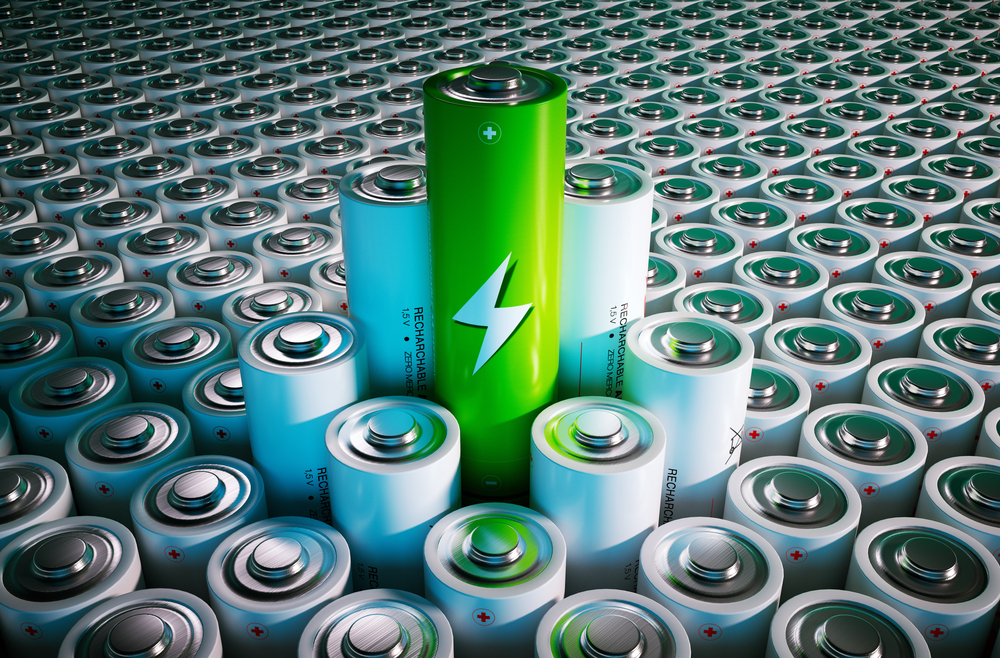The Economics of Battery Development

Please note that we are not authorised to provide any investment advice. The content on this page is for information purposes only.
In chemistry, limiting reagents are the chemical compounds that prevent further reactions from taking place. This is important for hybrid and all-electric vehicles because batteries, their limiting reagent, still hamper them.
In chemistry, limiting reagents are the chemical compounds that prevent further reactions from taking place. This is important for hybrid and all-electric vehicles because batteries, their limiting reagent, still hamper them.
There has been little improvement of power density compared to engines, chassis lightening, and other measures. They still mainly come in either lithium-ion or nickel metal hydride, options that have been around for decades. The Tesla Roadster, for example, uses a lithium-ion battery. New alloys and designs are still going to be the best avenue to move technology products forward, even though some scientists are still working with existing battery types.
Demand is Skyrocketing
It is not just hybrid cars where batteries are critical though they are the highest growth sector. MacBooks, smartphones, tablets, and even cars with conventional powertrains need strong and better batteries. Consumers want and deserve lighter and more efficient power. That simply will not happen to any significant degree with current technologies.
Regarding vehicles, there is competition from gas engines as the price of oil falls and gas engines become more efficient. Even still, Nissan has sold roughly 1,500 Leafs in August of this year, and the total hybrid market saw nearly 40,000 units sold in August alone. Globally, there were 44.7 million tablets sold in the second quarter. Batteries are growing in significance by leaps and bounds.
Alternatives to NiMH and Li-Ion
The question becomes, then, how do we move forward? There is not a ton of answers, but you can look to F1 for some insight. They use regenerative braking just like many hybrids do, but they take this technology to a completely new level. By using an aluminum solder with silver, titanium and tin, they use heat shields that are more effective and cooling fins. That helps draw more power from the system and enable the cars to reach even higher top speeds.
Of course, just like carmakers, these race teams are spending tens of millions of dollars to get even the smallest edge over the competition. As with features like blind spot warning systems, this will trickle down to the consumer market. Unfortunately, it is unclear as yet how the actual batteries will shift in structure but many are working on the problem.
Bring it Back, Bring it Back: NiMH
Nickel metal hydride batteries compare well to Li-ion because they do not have acid and are therefore less damaging if they break. They are bigger and less efficient and are considered the older, less bleeding-edge technology. However, scientists at BASF think they can streamline the design of these batteries and perhaps even double the power density.
By going to the molecular level, the company’s technical designers believe they have strengthened the underlying structure of their NiMH so that they can use less of them. Due to the manufacturing process simplifying, the cost reduces to half of lithium-ion batteries using similar capacities.
They are going to look for more efficiencies as well and look to quadruple the capacity of their batteries. That could benefit the technology and make it appear as a viable option. The problem is that, as with Li-ion batteries, new breakthroughs can only go so far. There is an asymptotic point where engineers just cannot make any more gains. In the next five to ten years, they are going to be fossilized dinosaurs.
Outlook for Component Manufacturers: High Confidence
When the War on Terror began, few people believed that the larger companies would make giant versions of remote control planes. As drone warfare has become a critical part of the U.S. strategy for eliminating threats abroad, those manufacturers saw skyrocketing growth and continue to be key players in the defense sector.
Alloy manufacturers are very similar. As suppliers to the big-name battery makers, they are going to be the ones that help force this technology to catch up with the rest of the components in not just electric vehicles, but also consumer electronics, laptops and more. Those alloys are going to include exotic metals that will also mean high growth for mining companies throughout the world.
Outlook for Battery Makers: High Confidence
There are fluctuations in auto sales and tech, in general, but that short-term volatility belies longer-term growth. LG, Samsung, and other consumer electronics makers are still strong options among investors, and it makes sense that their suppliers would be equally interesting. Beyond suppliers, it becomes more and more evident that companies that make the batteries will also see significant growth. In the electric vehicle market, Panasonic dominates the conversation, along with NEC, BYD and others.
Moving forward, companies like Ambri will be worth examining. While the company has struggled to get its liquid battery technology to function, it or companies like it will be poised for growth when they solve the most important question for electronics. Eventually, demand will force a solution, and it is merely a matter of time.




